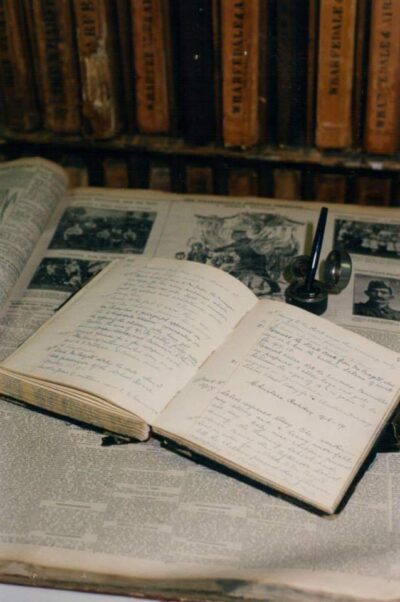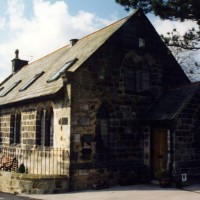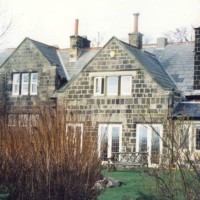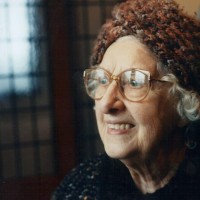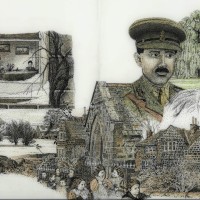CBM Book & Production Partner Broadcast Drama Project
Revised Synopsis:
‘The Whispering Tree’
Based on a true story.
Central character of The Whispering Tree is Emily Burnett, a young lady whose burning ambition and self-assured nature are way ahead of the Victorian era which guided her upbringing.
Emily journeyed alone from her London roots to the sleepy market town of Otley, Yorkshire, surrounded by remote and generationally insular farming communities.
Her journey was an ambitious personal quest to secure control of a newly built school as its first principal. Emily’s arrival was greeted with hostility and suspicion by many, including a newly formed School Board.
Emily’s motivation was to provide unwavering devotion to the children in her charge, and to the local communities.
Her determination to succeed within communities dominated by bigoted male interference, became legendary as she won over the hearts, minds and respect of those who had shunned her arrival in the valley.
The young lass from London whose strength of character, love and kindness helped her to become the school’s inspirational principal. This, despite her own personal loss as the First World War raged in France.
The Whispering Tree story is told in regressive mode as Emily recounts her life at the school and local communities, interwoven with real-life diary facts and creative fiction.
Scripting provides a powerful insight into daily life of turn-of-the-century education, and the harsh and suffocated hillside village life endured. It also highlights the raw attitudes menfolk held against women of opinion and authority in male dominated Victorian society.
‘The Whispering Tree’ ©
Story origin follows below the photographic gallery.
Acknowledgements:
Mel Vasey – former Editor-in-Chief
Wharfdale Observer
Legal:
The Whispering Tree ©
Malcolm R Fane ©
Concrete Butterflies Media ©
Photography: Nigel Ibbotson ©
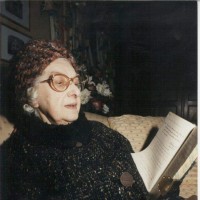
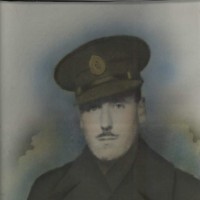

Story Origin:
A school was built atop Yorkshire’s Wharfedale Valley overlooking the ancient English market town of Otley.
Completed in 1893, Clifton School was tasked to provide education for children drawn from the villages and farming hamlets of the surrounding countryside.
The school eventually closed its doors in 1936 due to improved transport to and from Otley.
The school’s treasured day-by-day diary and logbook was unearthed and came my way for general interest during the early 1990s.
Strict Victorian values required for a school diary to be meticulously maintained by each head teacher, and regularly checked by visiting school Inspectors. Clifton School’s brass-clasped, key-secured, leather-bound record book proved to be one of the finest examples of educational life from that era.
This diary’s content ignited my imagination. Published extracts from the log were commissioned by one of Britain’s oldest newspapers, ‘The Wharfedale & Airedale Observer’.
The industry famous weekly covers a huge area of circulation, including a 120 miles radius of the former school. Shortly after extracts started their weekly run, dozens of letters from families whose parents and grandparents attended the school, found their way to my desk.
Photographs and anecdotal stories soon followed, and it wasn’t long before one of the diary-logged pupils (by diary page entry mention of name) spoke directly with me.
Annie Yates was 91 during the early 1990s. Sadly, Annie passed away shortly after we met, mercifully not before I had set up a return to her former school with the Mayor of Otley.
The day proved to be a wonderful time of revisited memories for Annie, and the Mayor made sure of a very special day by presenting her with flowers at the Town Hall. Annie also enjoyed tea and cakes with the Mayor in his office – an event described as the finest day she could remember. Tea and fancy cakes with the Mayor – a quintessentially English thing to do!
Annie’s recollections prompted others to make contact, and this tiny corner of Yorkshire history soon returned to life.
Detailed reading of the diary illustrated a trail of former head teaching staff who came and went in great numbers. The origin of this was most young male teachers having been sent to fight in France during 1914, causing an acute shortage of qualified teaching staff.
Within the school’s enclosed environs was built a small chapel. Both chapel and school are today redeveloped to beautiful exclusive homes.
The chapel is stunning, still with its stained glass windows remaining intact. At 12 years old Annie would help to play the chapel’s organ, and this visit prompted a flood of memories.
Descending stairs from what are now bedrooms set high in the former chapel’s rafters, I asked its owners if they had heard any ghostly sounds of children playing? Perhaps the echo of voices in the night? Their reply was a definitive no!
However, reference was made to a huge tree which still stood just outside an elongated stained glass window. The tree would seemingly whisper to them as gusting winds funnelled through the Wharfedale valley, and the tree’s branches.
A Weeping Willow tree was centrepiece of the former playground and often referenced in the school’s diary. One such entry recorded the tragic accidental death of a young lad who had fallen from the tree while playing.
By use of factual dates, events and characters taken from the diary, a dedicated Head Teacher for the entire period the school was open was created and scripted.
